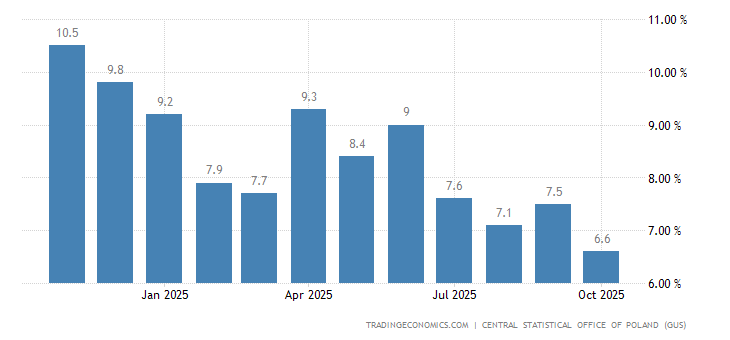Por isso, isto faz todo o sentido, "(Re)naissance de l’Homo Faber : le travailleur de demain sera un artiste ou un artisan rompu aux nouvelles technologies":
"Les sociétés européennes ont toujours tenu pour acquis que la transmission de compétences se ferait de génération en génération : le développement d’un talent d’artiste ou d’artisan se faisait par les enseignements des maîtres précédents. On pourrait penser que ce paradigme a disparu avec la société industrielle, mais ce serait faux : l’avenir du travail pourrait bien revenir aux fondamentaux même de l’histoire du travail, et ce grâce à nos nouvelles technologies. [Moi ici: Tenho escrito sobre isto vezes sem conta, o regresso ao trabalho pré-Revolução Industrial, cooperativas de artesãos]
...
La fabrication numérique assistée par ordinateur fonctionne différemment. Elle ne requiert aucun moule et ne nécessite donc pas de répéter une même forme indéfiniment. Chaque pièce peut-être unique, telle une œuvre d’art. Là où les problématiques d’espace et de quantité dominaient le monde industriel, aujourd’hui, un petit atelier ou un studio peuvent concurrencer une grande usine. La production ne se résume plus à une question de volume.
...
L’émergence d’une économie sans échelle, une économie à taille humaine.
Dans ce nouvel environnement, le plus grand défi pour un travailleur est de penser en artiste tout en exploitant les possibilités des nouvelles technologies. [Moi ici: Outro tema tipo deste blogue, a ascensão da arte]
...
C’est la raison pour laquelle l’apprentissage doit évoluer : il ne s’agit plus de commencer par se former pour ensuite trouver un travail correspondant, mais bien de travailler d’abord, pour trouver par la suite les enseignements qui nous correspondent. [Moi ici: Tão bom!!! A ascensão da arte dita que tudo comece pelo fuçar, pela experimentação - "Não começamos a fazer arte assim que nos tornamos artistas. Ou seja, não é por sermos artistas que fazemos arte, é por fazermos arte que nos tornamos artistas."] Que les nouvelles technologies privent leurs utilisateurs de formations pratiques serait un désastre.
.
Le futur du travail que dessinent ces nouvelles technologies, c’est celui de « l’Homo Faber » : un homme qui sera son propre créateur, qui se réalisera à travers les gestes du quotidien. Le travail permet d’écrire une histoire dans laquelle chaque projet est un chapitre de vie qui s’additionne aux autres et de ce point de vue, chacun pourra constater que sa vie est plus qu’une série aléatoire de jobs déconnectés – y compris pour les petits boulots rémunérés à la tâche. [Moi ici: Como não recordar o recente "Aproveitei o meu percurso"]


















